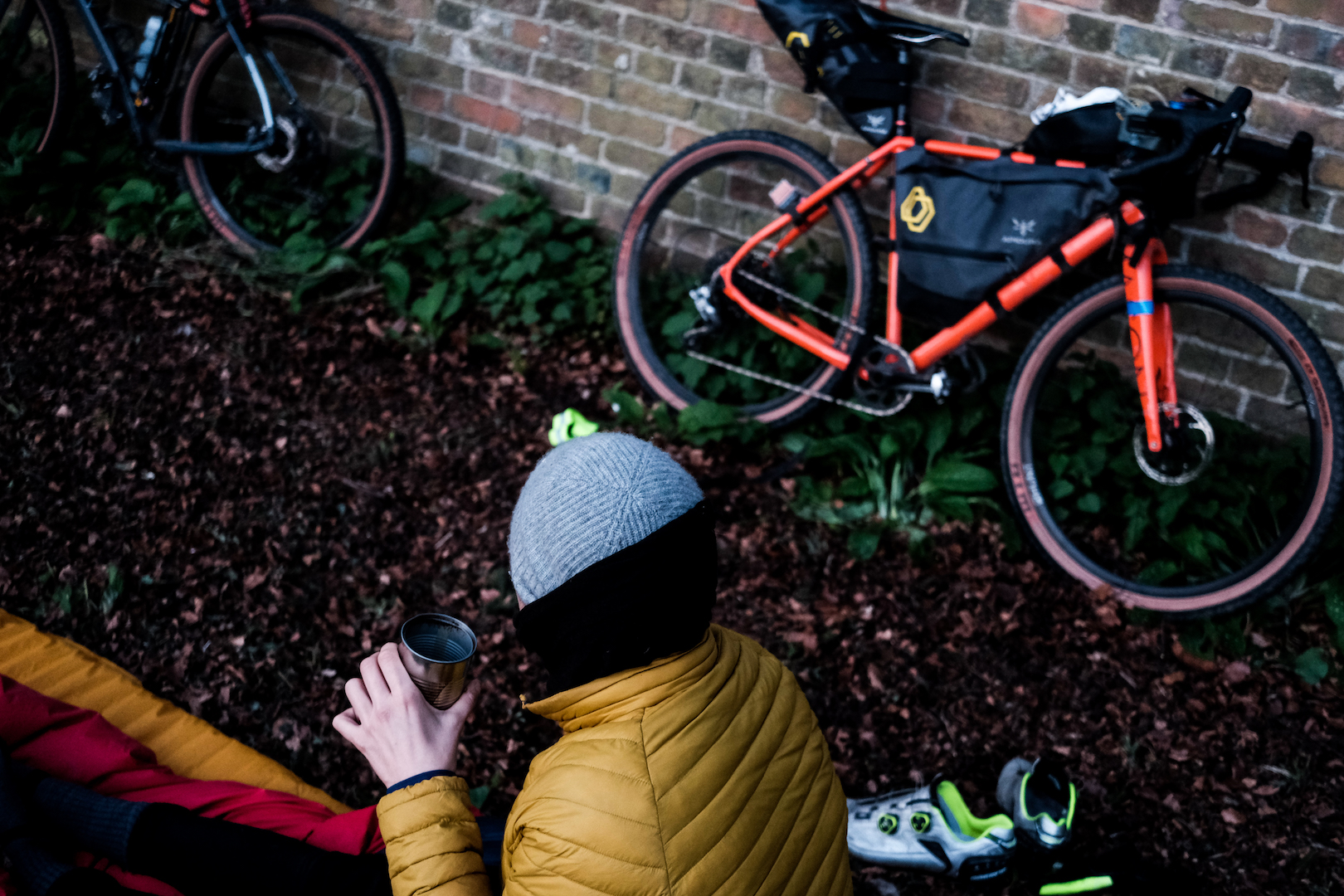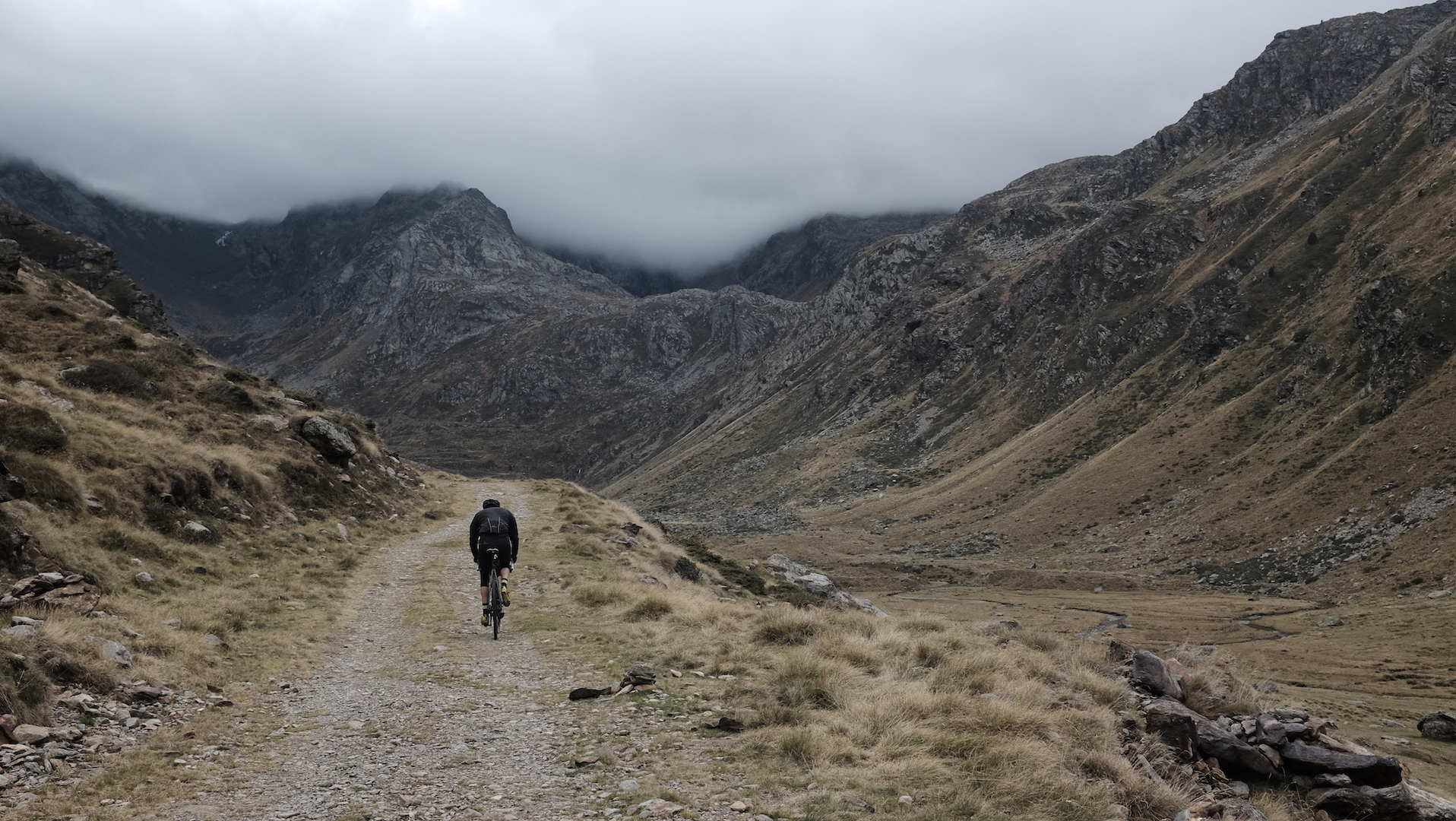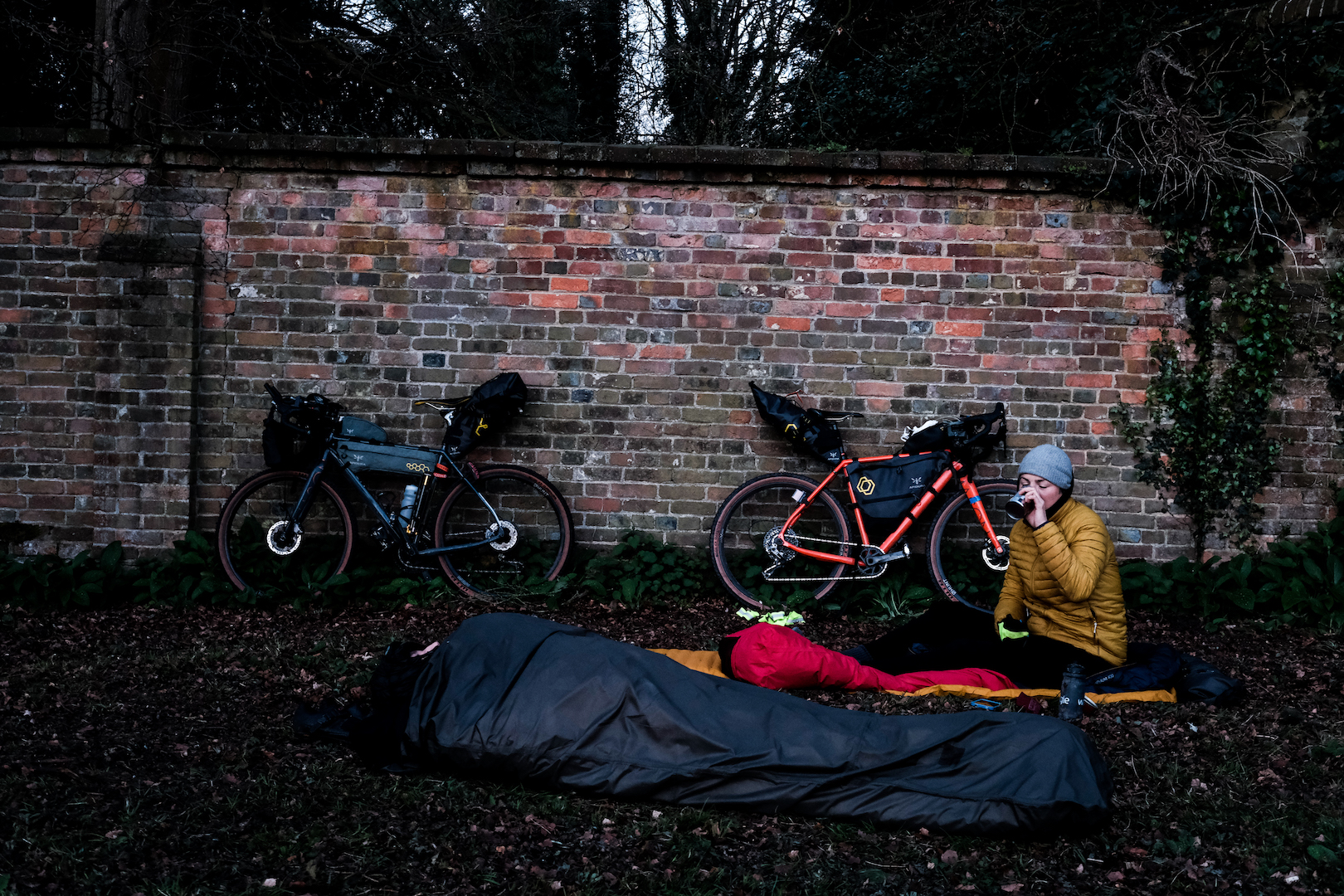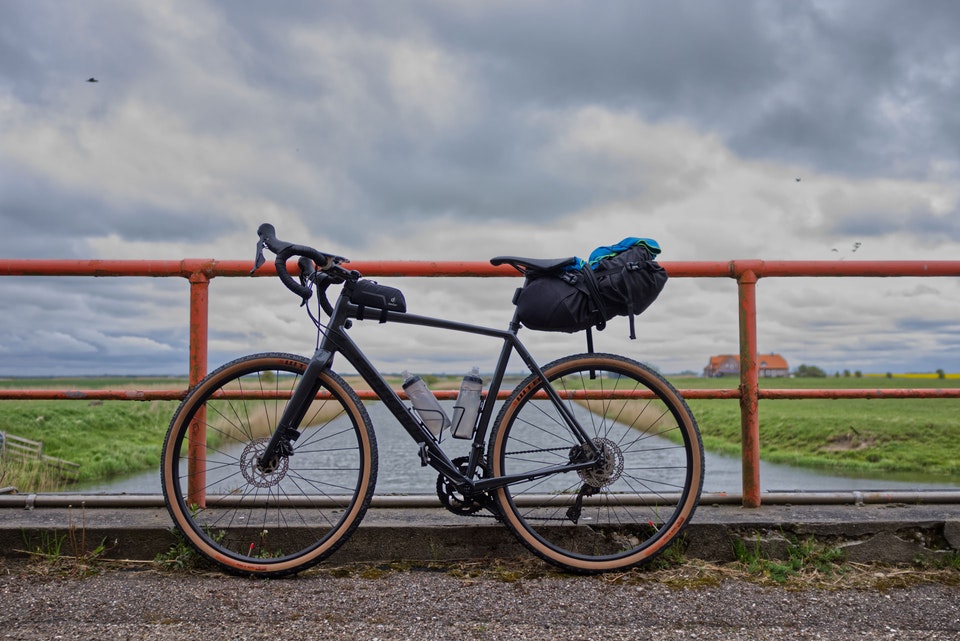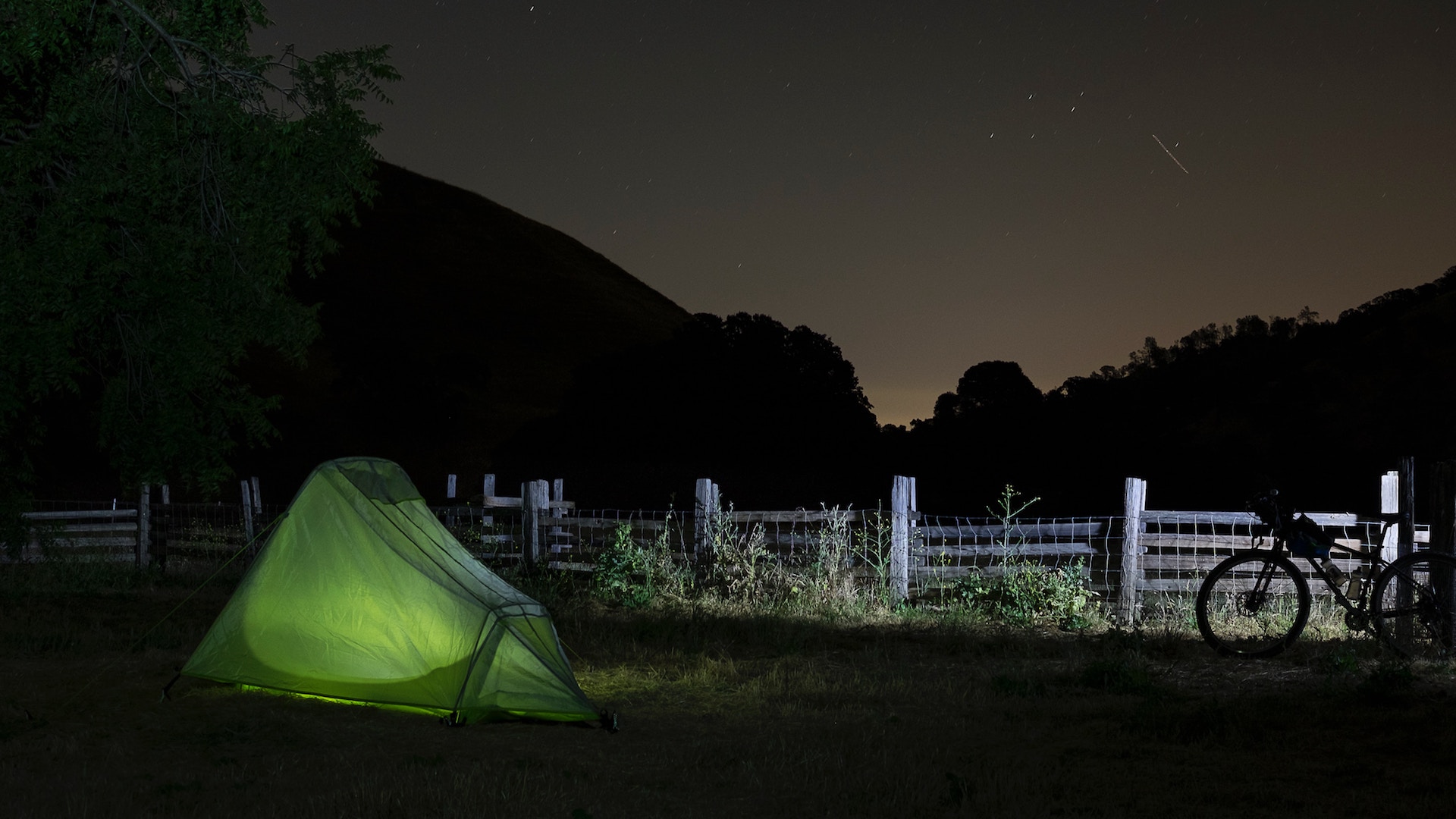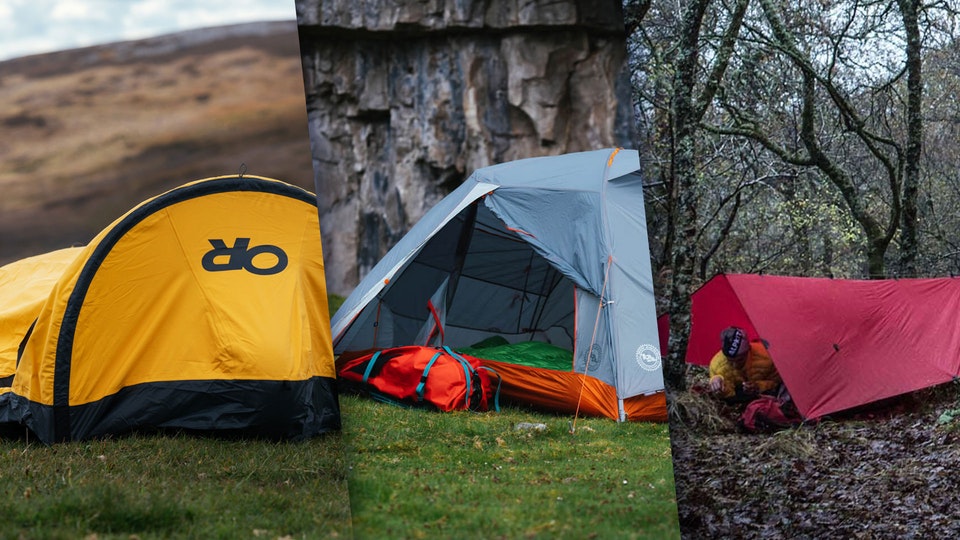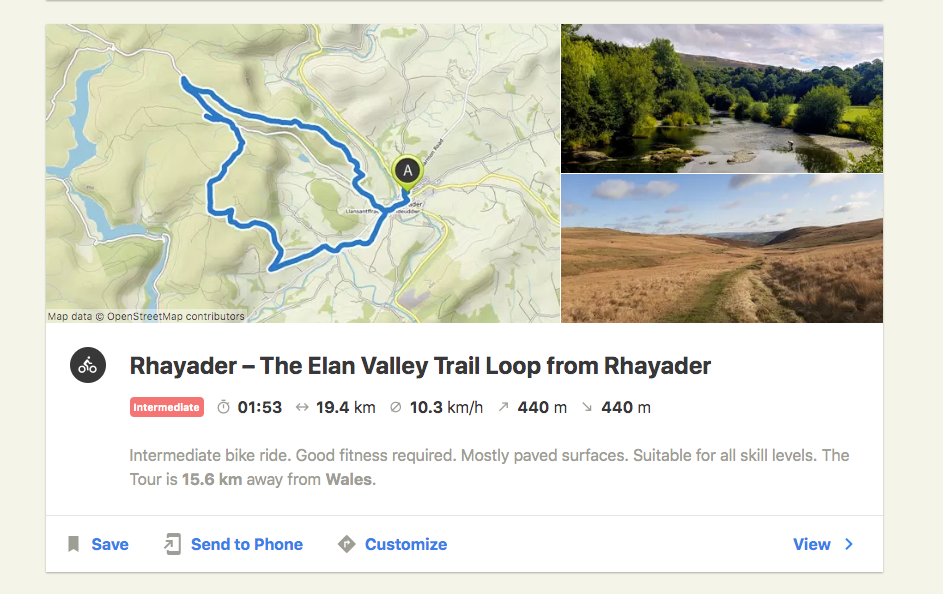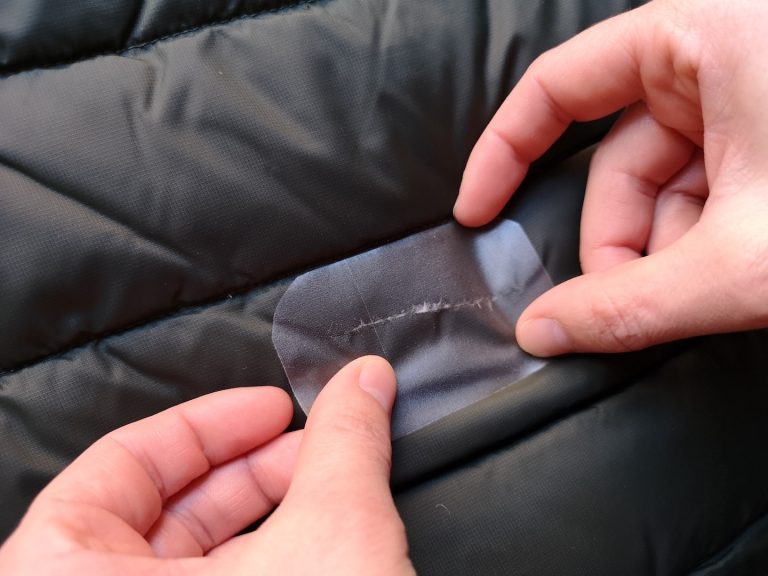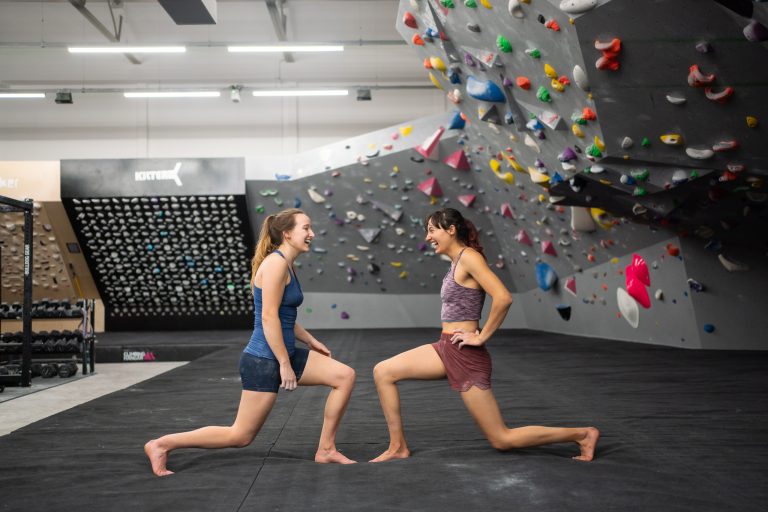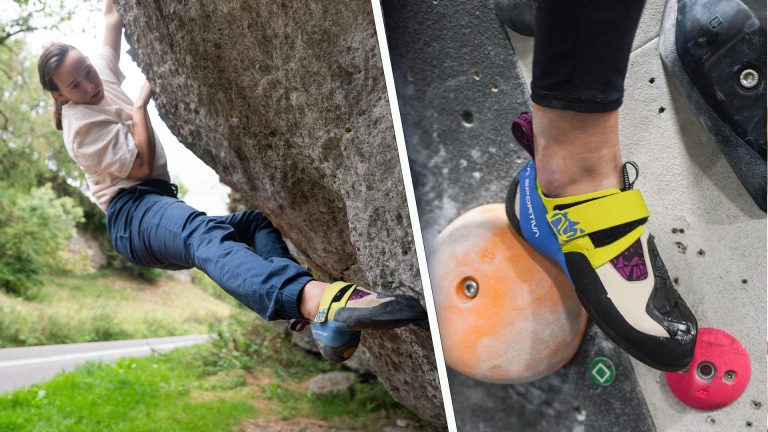“Bikepacking bags have less impact on bike handling and are more lightweight,” says Cunningham, who cycled 22,000km through 26 countries from London to Hong Kong in 2015. They can also be attached to any type of bike, he adds, and force riders to travel light.
“By its very nature, bikepacking is minimalist,” says Cunningham. “Commit to the ethos; otherwise, use panniers. Don’t try and cram too much stuff into bikepacking bags or dangle kilograms of stuff off them. It will make you less organised and reduce the benefits of using bikepacking gear in the first place.”
Bikepacking bags can be attached to the handlebar, fork, frame (on the toptube or inside the main triangle) and seatpost. This arrangement spreads weight across the entire bike.
What Kind Of Bike Do You Need?
By removing the need for a rack and a pannier-compatible bike, a bikepacking adventure can be undertaken on just about any two-wheeled machine.
“That’s the joy of bikepacking,” says Cunningham. “You can attach the bags to any kind of bike. Just use the one you have and choose a route and terrain that’s suitable. If you’re feeling adventurous then take the bike to places it’s not designed to go to as well.”
A road, cyclo-cross, gravel or mountain bike can all be used for bikepacking. Ultimately, the best bike for your first bikepacking adventure is the one you already have, according to Nicklin.
“Make sure your bike is in good working order and just go,” says Nicklin. “Your attitude is way more important than the kit you have.”

Of course, the bike you ride – and, most significantly, its tyres and gearing – will play a big part in your ride and the terrain you’re able to tackle. Embarking on an overnight road ride with the odd hard-packed bridleway or gravel track thrown in? A road bike is your friend (ideally with 28mm tyres). Heading out into the wildest corners of the planet? You’ll need something a lot more rugged.
Gravel Bikes
Ultimately, what many riders crave from their bikepacking machine is versatility. This means the ability to cover ground quickly, while still being able to venture off the beaten track. With that in mind, the fast-growing popularity of bikepacking has gone hand-in-hand with the rapid rise of the gravel bike (sometimes referred to as an adventure bike). These machines are specifically designed to offer that versatility.
“Things like geometry, gearing, handlebar style and wheel/tyre dimensions make gravel bikes a more suitable option for more kinds of terrain,” says Cunningham. “Unless you’re going to be off-road on challenging terrain for the majority of the ride, go for a gravel or cyclo-cross bike.”
We’ve covered the intricacies of the gravel bike and why it’s the perfect bikepacking machine, in our best bikepacking bikes buyer’s guide if you’d like more info.
